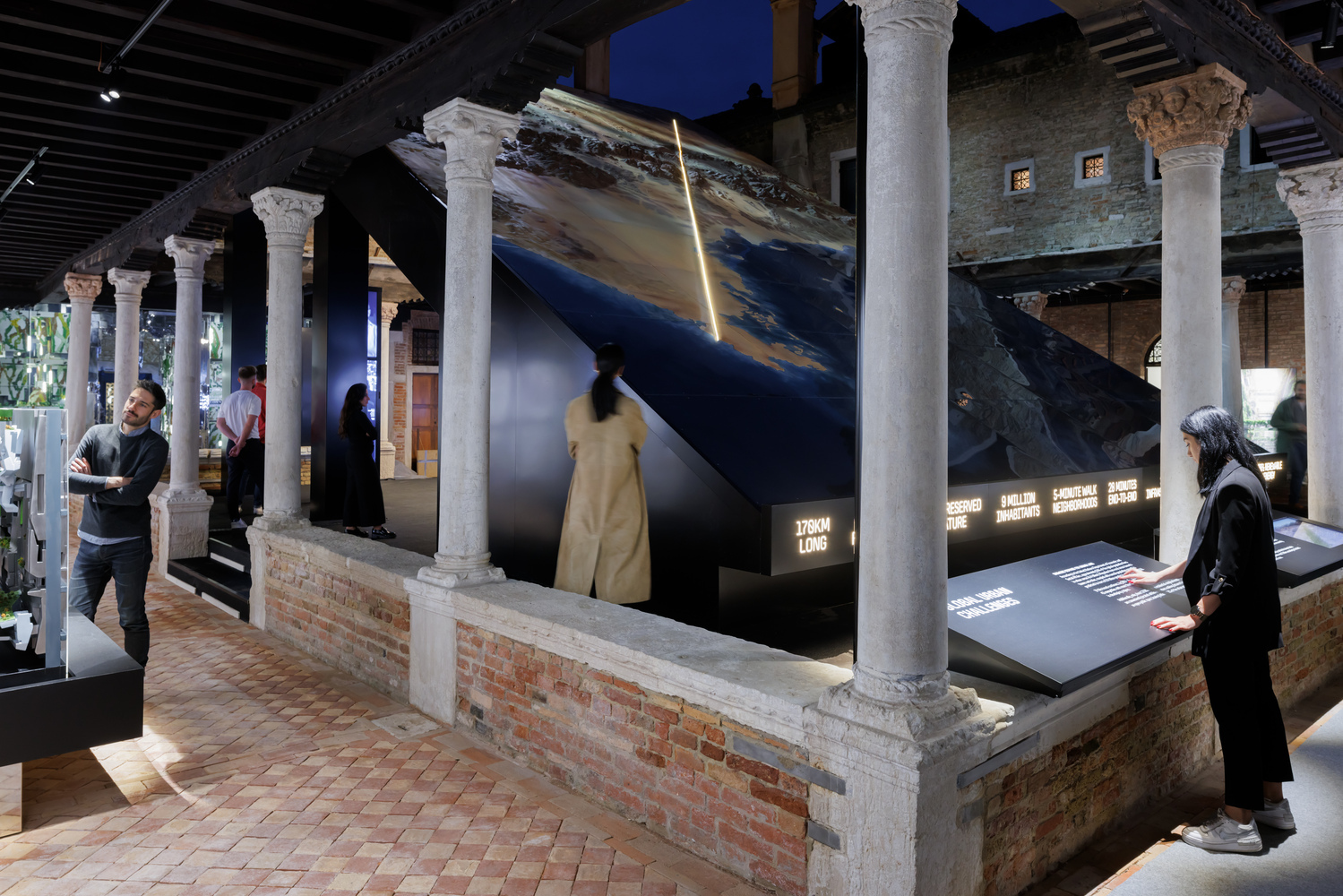
"Exhibitions and curatorial platforms, by contrast, created spaces of experimentation and critique, opening arenas where architecture could interrogate itself, where its past could be reinterpreted, its present challenged, and its future projected. In this tension, the figure of the architect-curator emerged, treating curating itself as a form of design - not of walls or facades, but of discourse, narratives, and frameworks of meaning."
"Without curatorial interventions, architecture risks being reduced to service or style, stripped of its capacity for critical thought. Biennales and triennales in particular have become fundamental stages where the discipline reflects on its identity, formulates new agendas, and tests its limits. To see the architect as curator is therefore to recognize the necessity of a figure who not only constructs buildings but also builds intellectual and cultural infrastructures - ensuring that architecture remains a practice of ideas as much as of forms."
Architecture negotiates material practice and intellectual reflection, but built projects alone often fail to address the discipline's broad questions due to economic, political, and programmatic constraints. Exhibitions and curatorial platforms create spaces of experimentation and critique, enabling reinterpretation of the past, challenges to the present, and projections of the future. The architect-curator treats curating as a form of design of discourse, narratives, and meaning. Curatorial interventions prevent architecture from being reduced to service or style and support critical thought. Biennales and triennales function as stages for reflection, agenda-setting, and testing disciplinary limits. Curators build intellectual and cultural infrastructures alongside buildings.
Read at ArchDaily
Unable to calculate read time
Collection
[
|
...
]